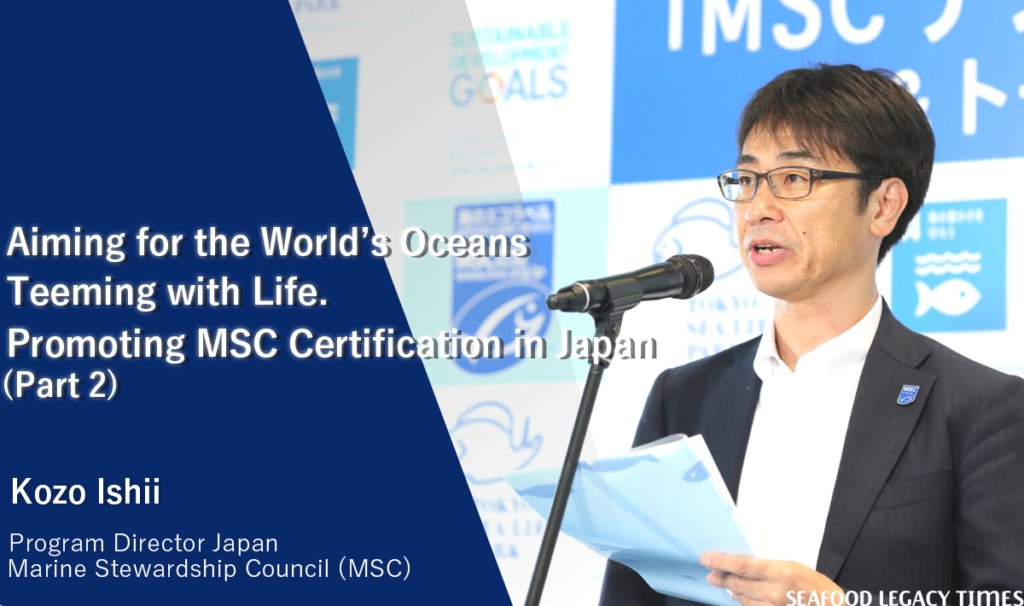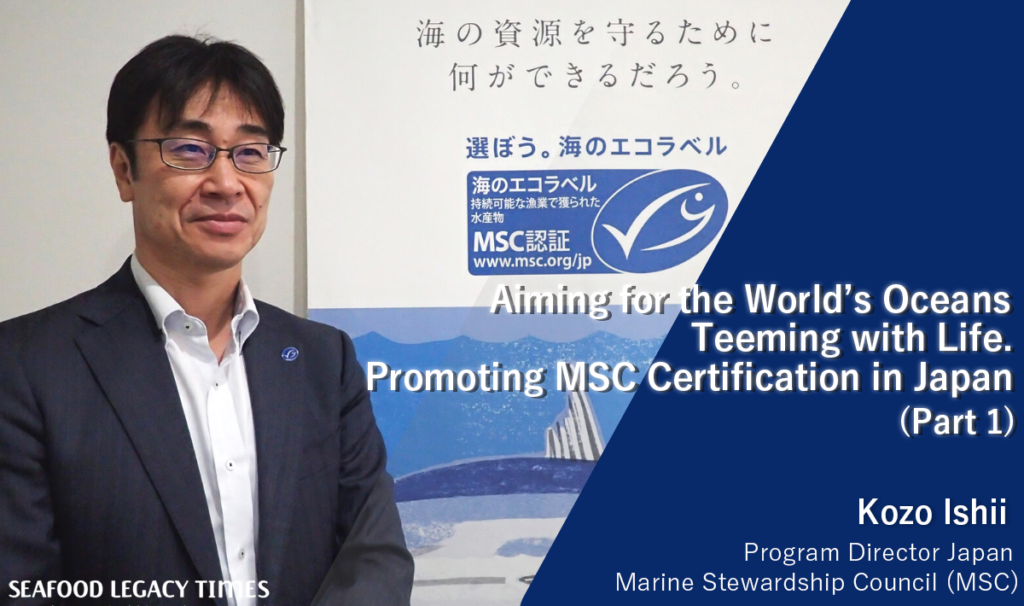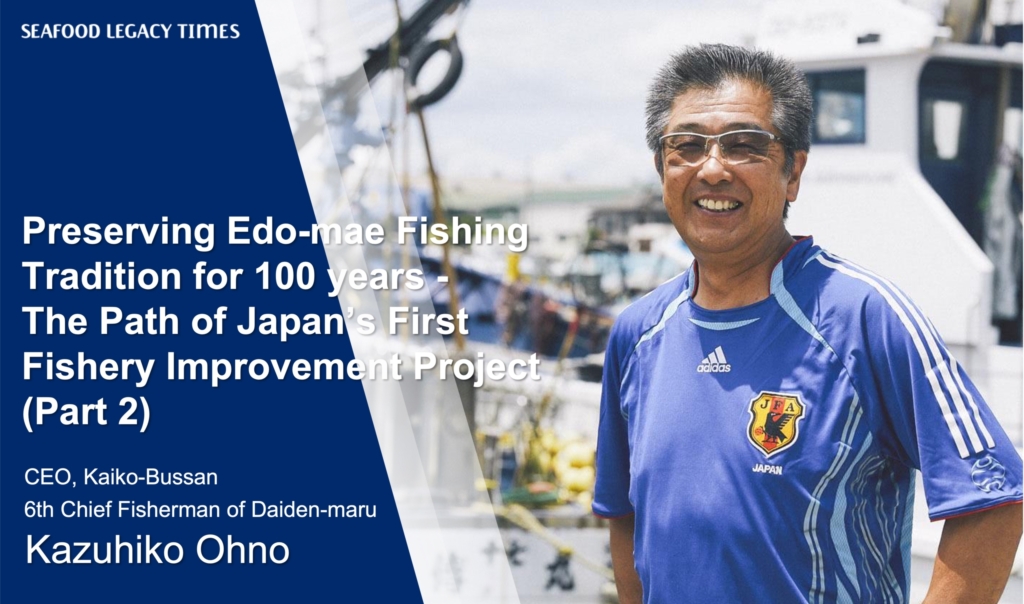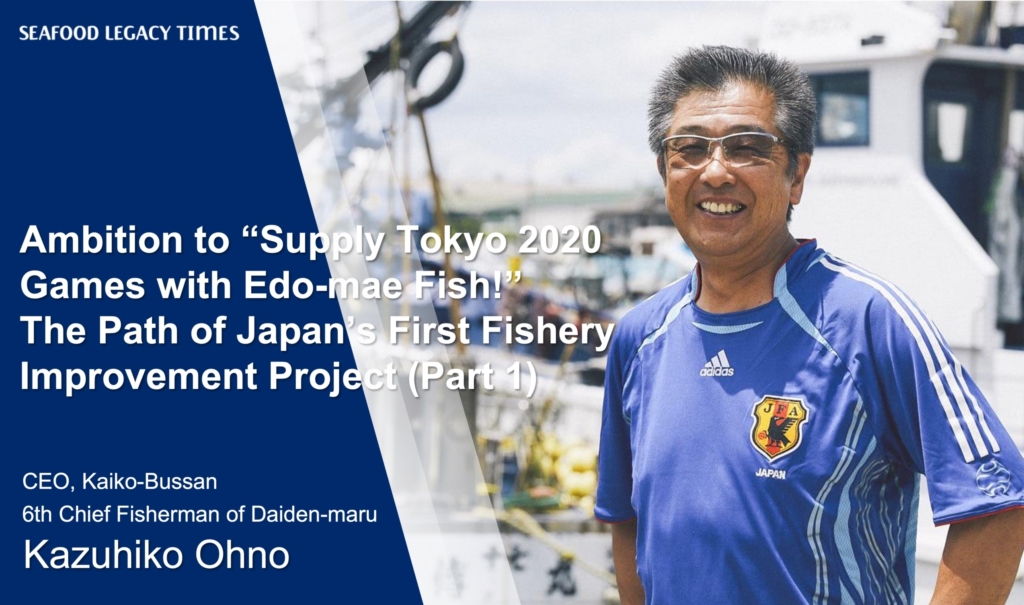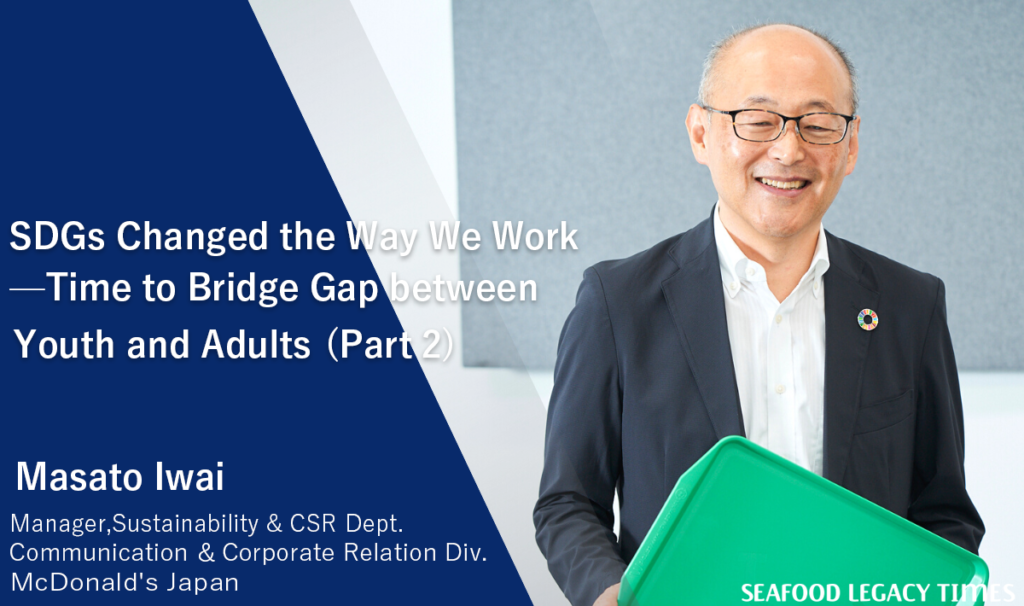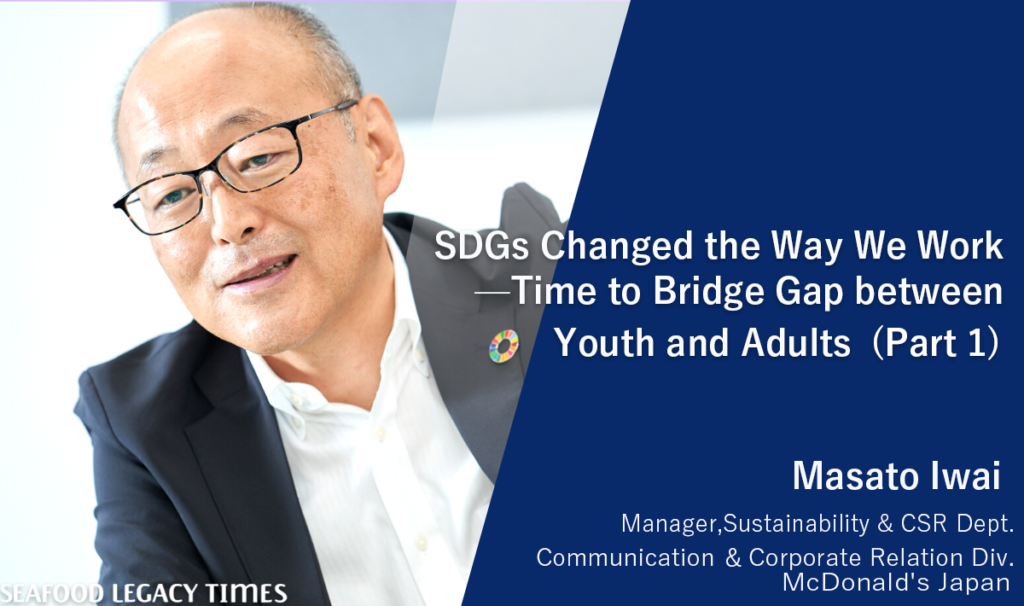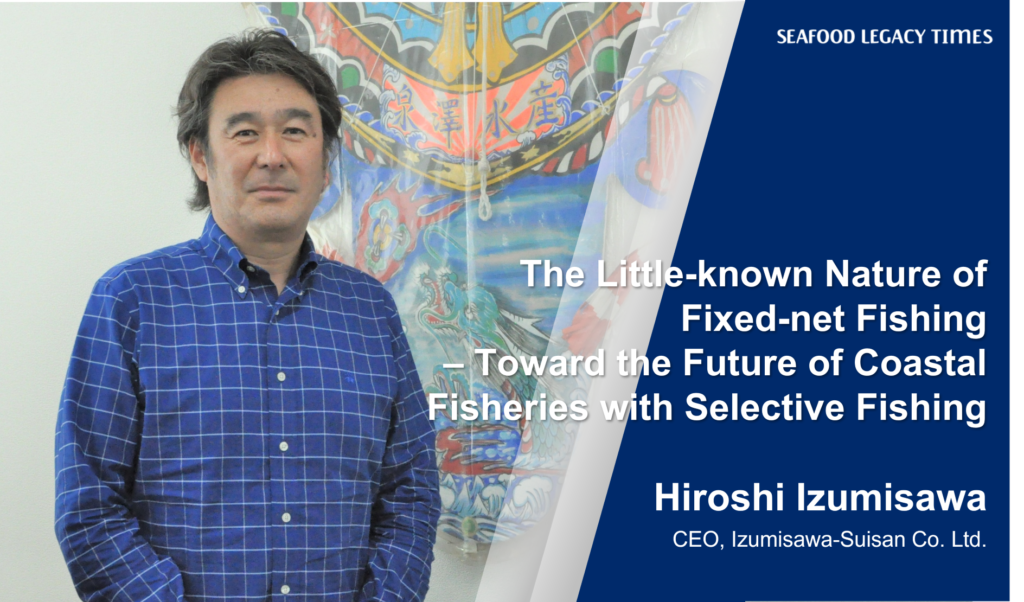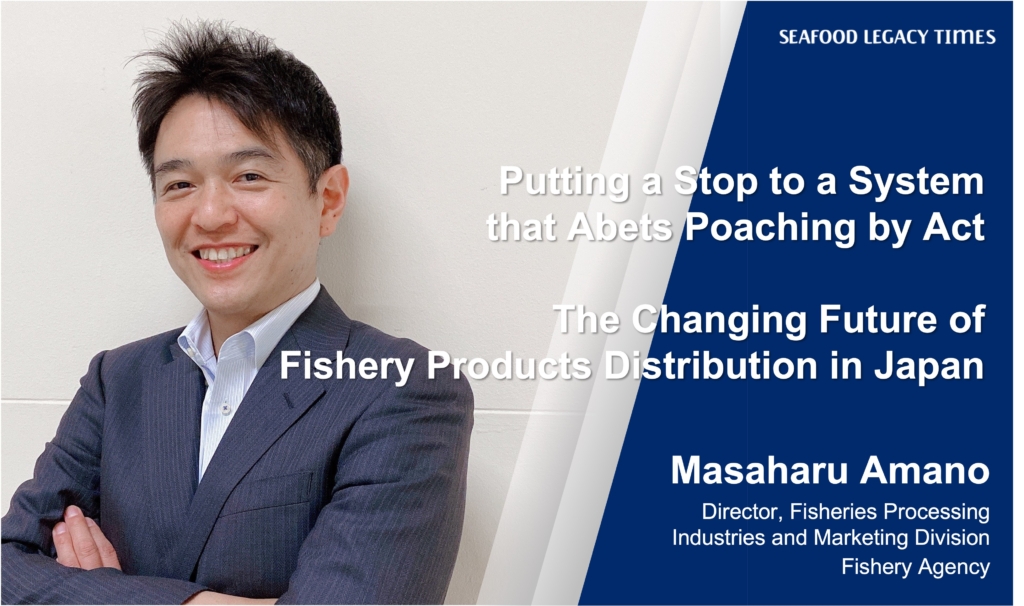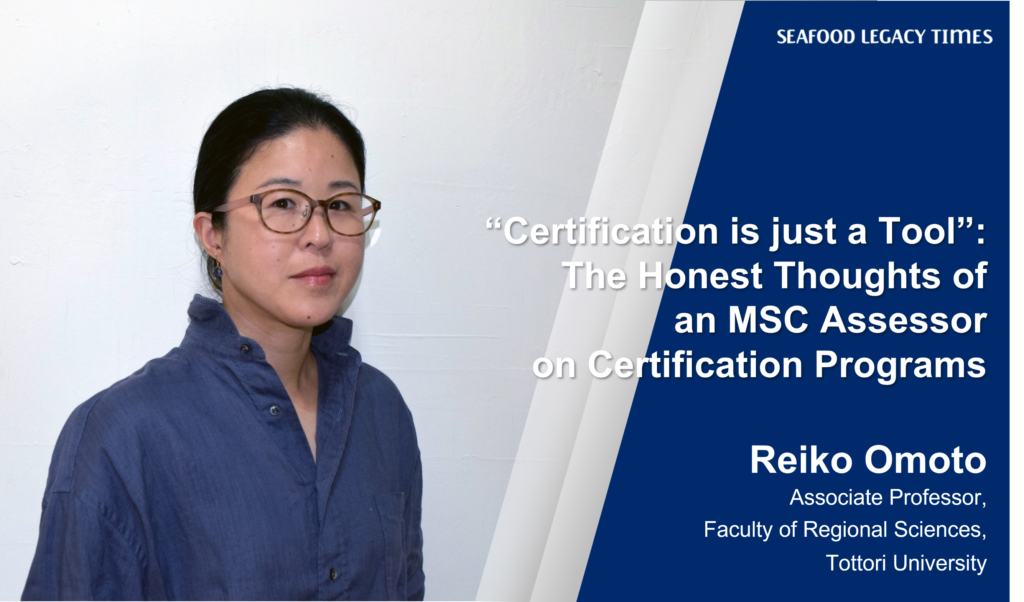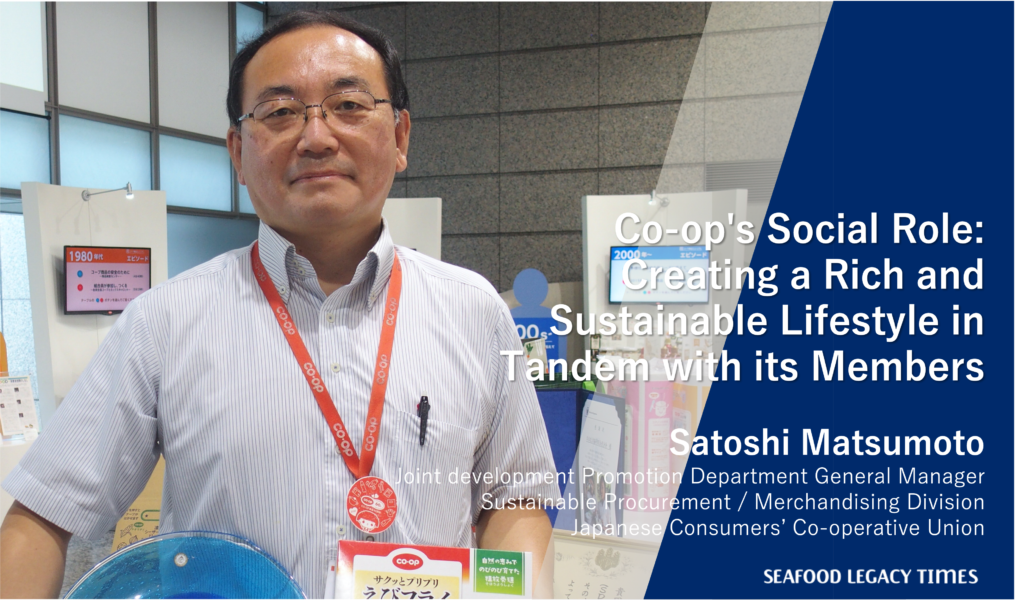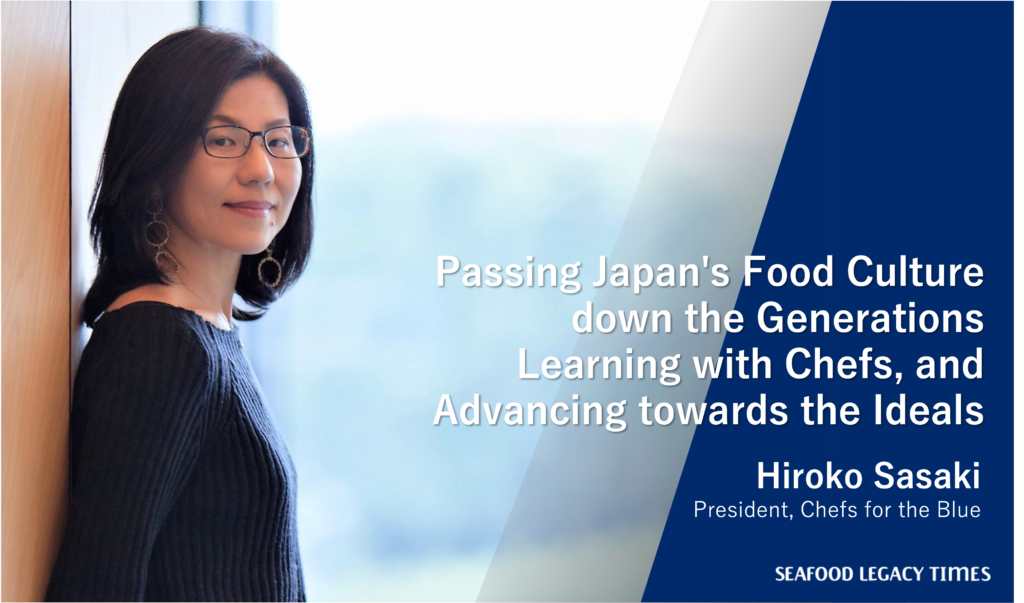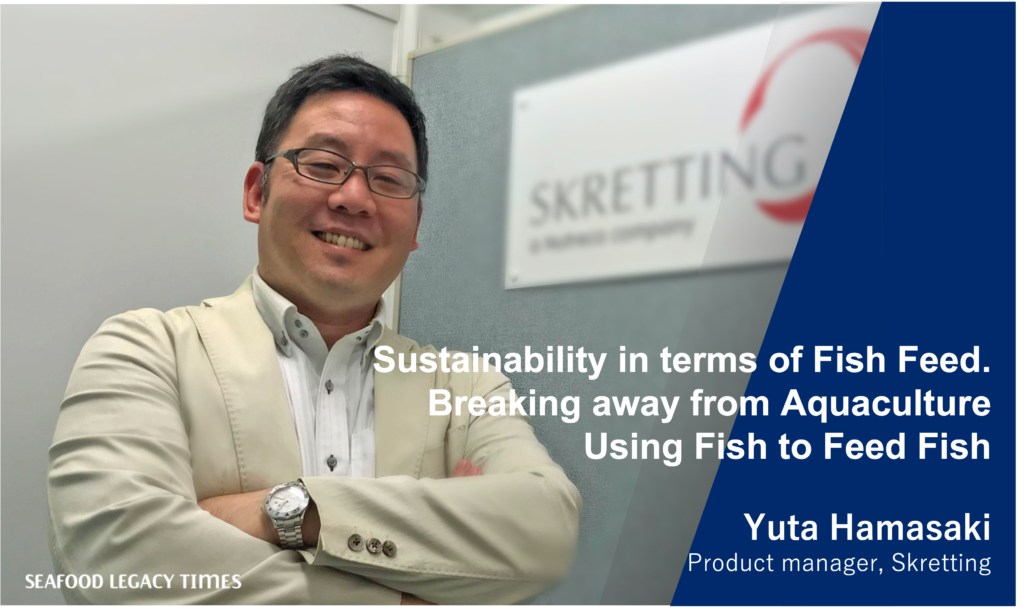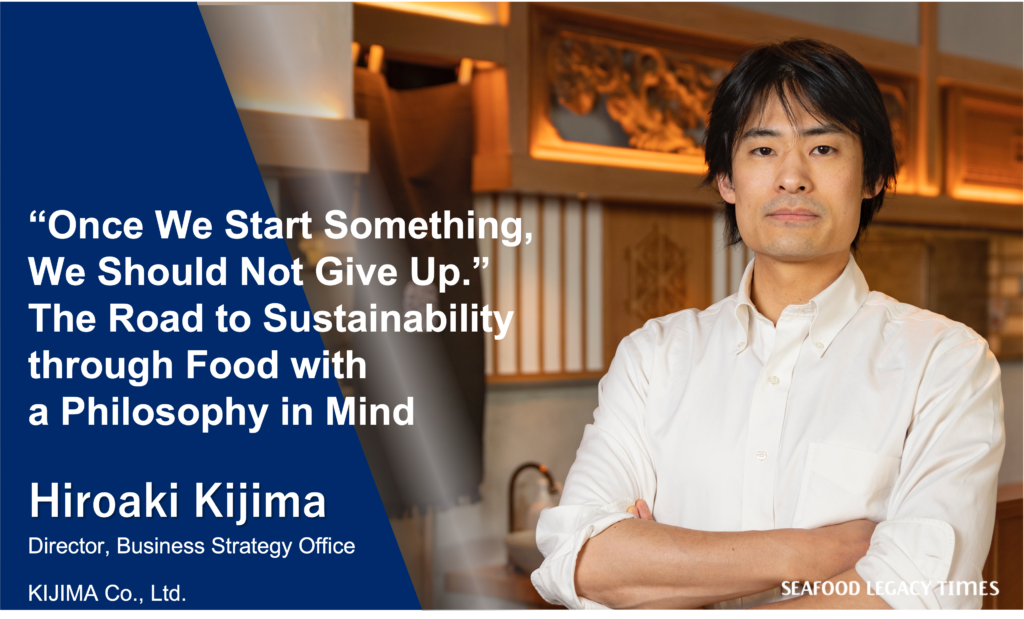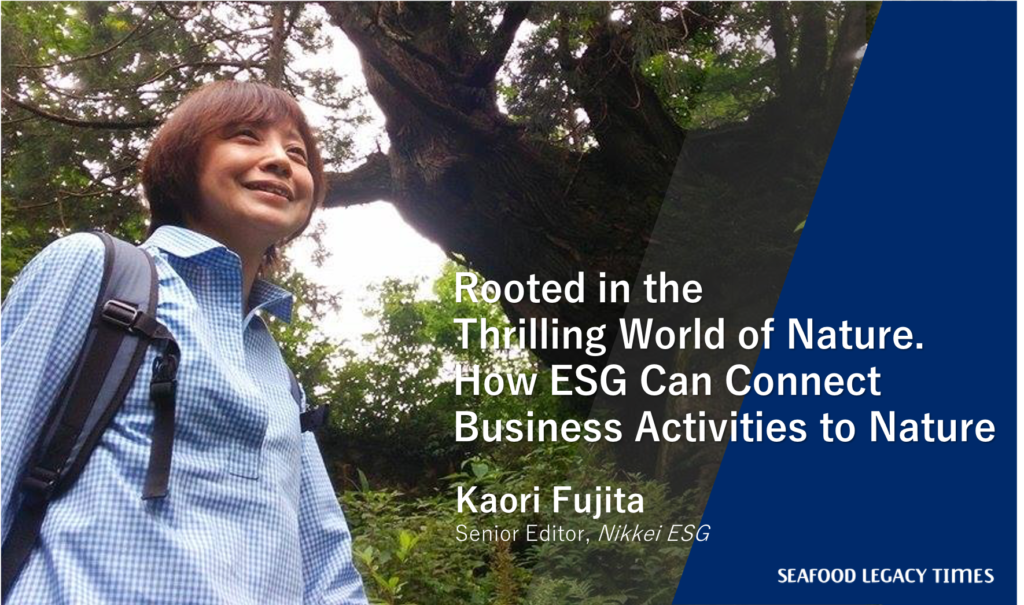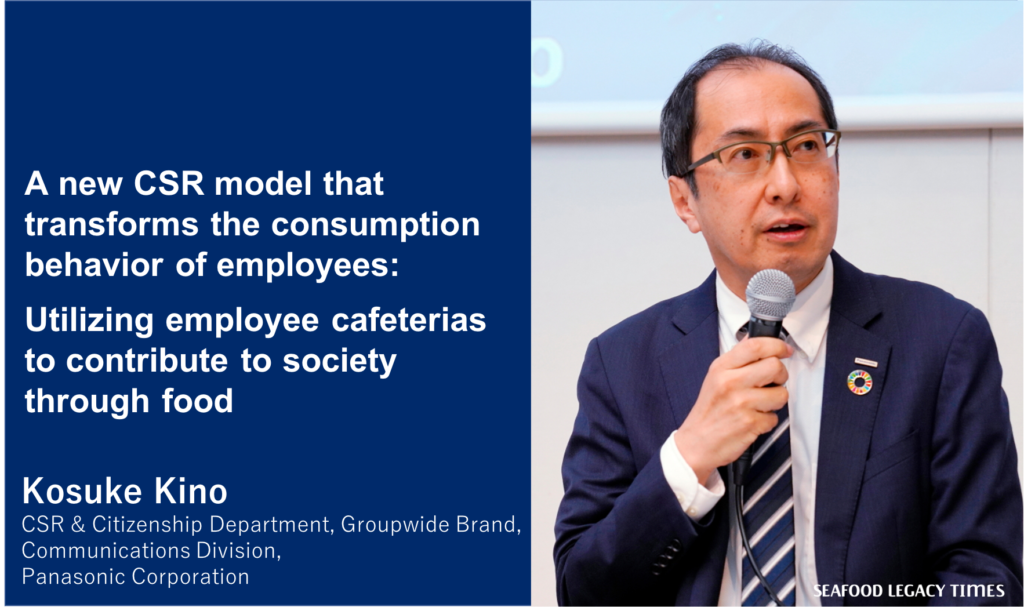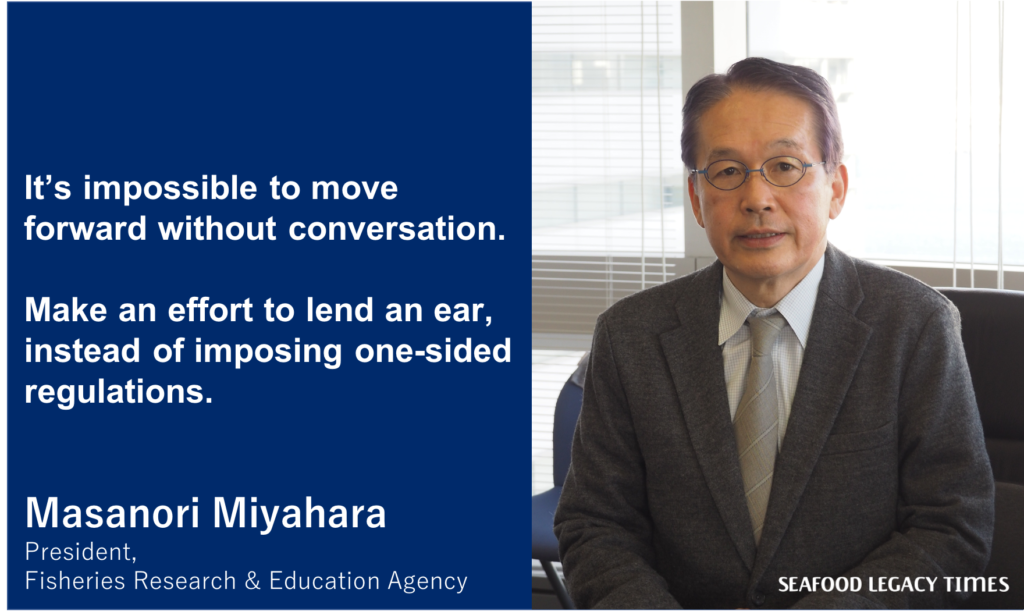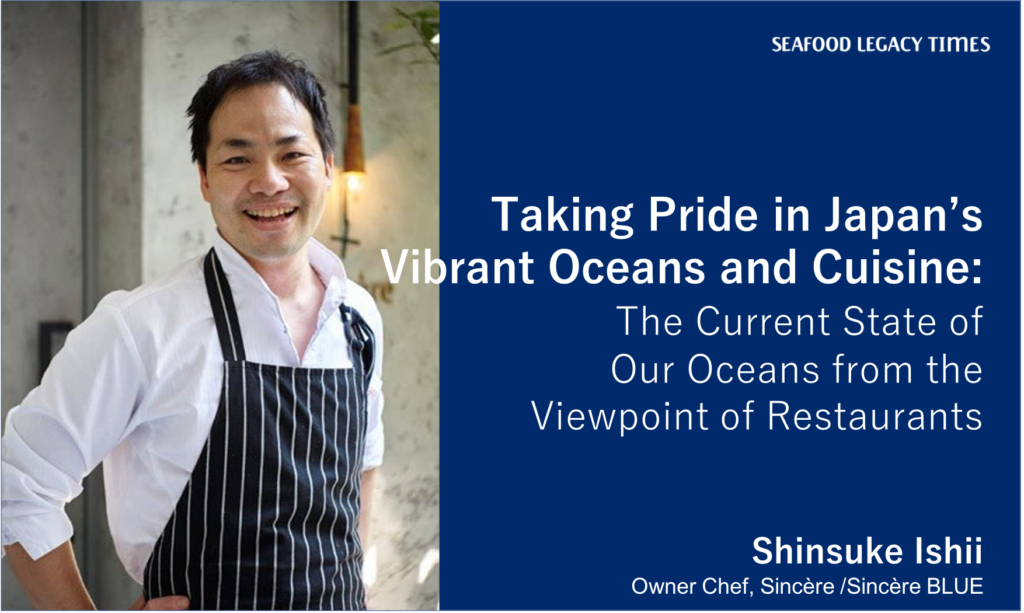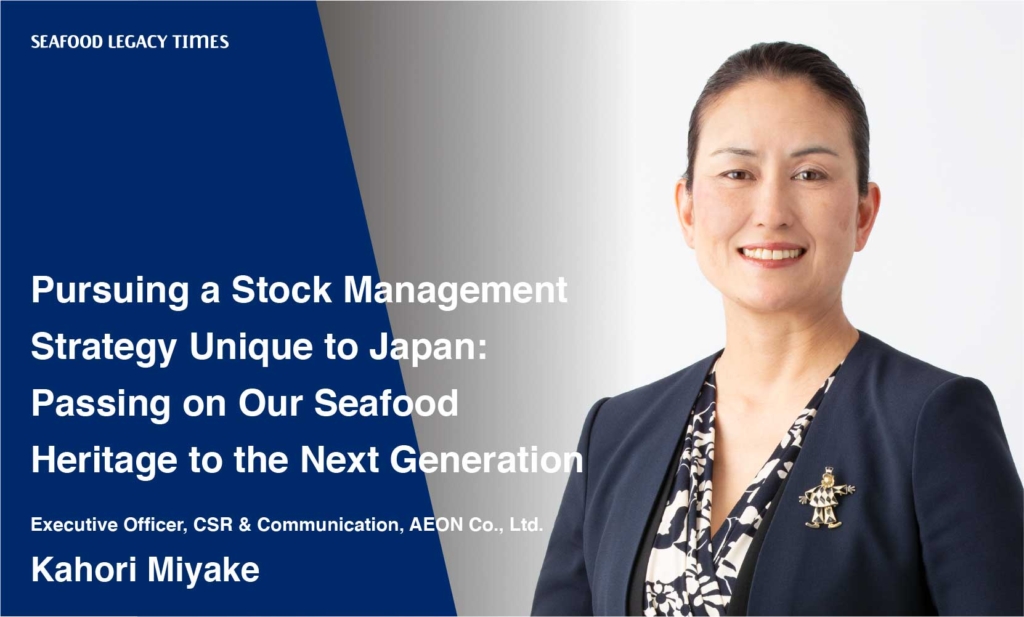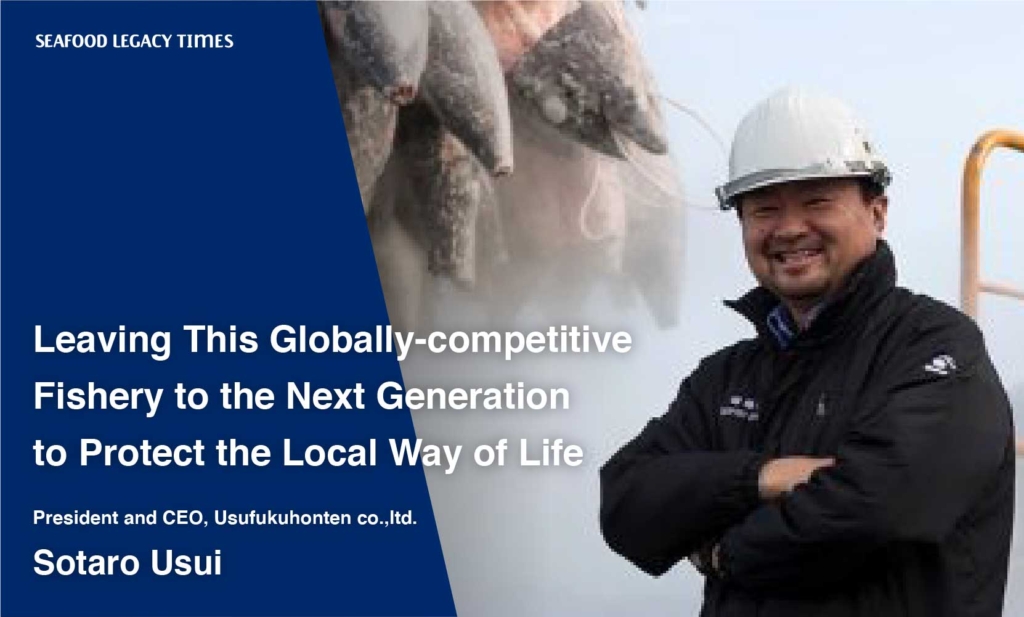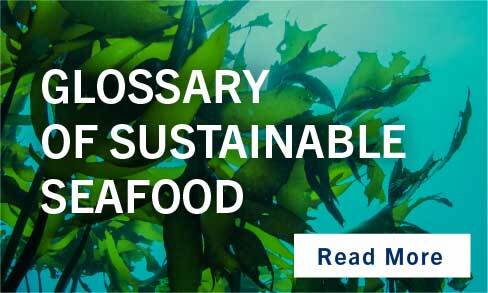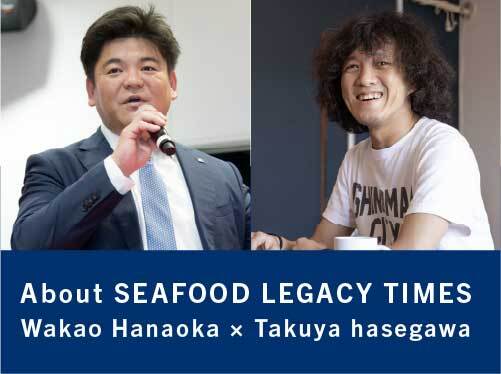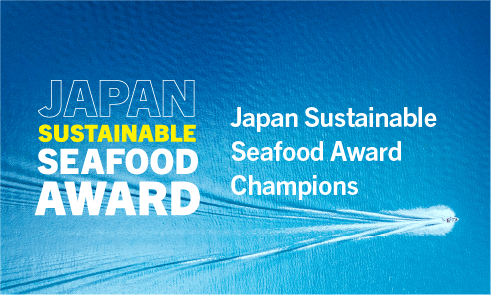
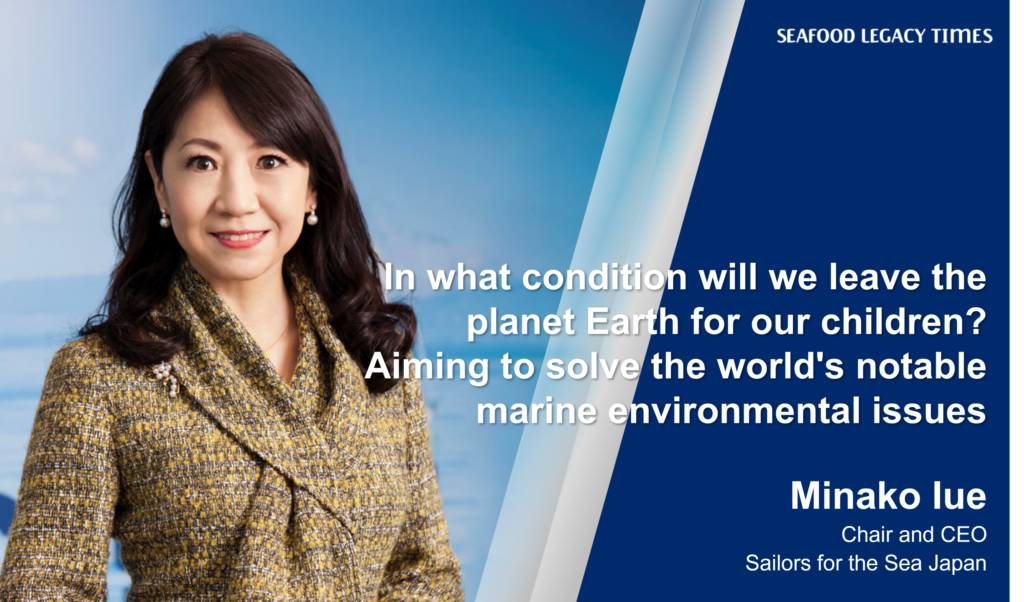
Sailors for the Sea (SFS) is a Non-Governmental Organization (NGO) established in the United States by David Rockefeller Jr., with the goal of protecting the marine environment. Ms. Minako Iue has served as Chair and CEO of the SFS Japan branch. Sailors for the Sea has 3 main activities–“sports and the sea,” “food and the sea,” and “children and the sea”—through which it promotes advocacy campaigns for governments and administrations, and public awareness campaigns for the general public.
In particular, the organization focuses on promoting the “Blue Seafood Guide,” an easy-to-understand list of sustainable seafood to provide ideas on which fish to choose. We asked Ms. Iue to discuss the process of developing the Blue Seafood Guide, and how she became involved in the effort to protect the marine environment.
Please tell us about the features of the Blue Seafood Guide.
The Blue Seafood Guide is a list of eco-friendly sustainable seafood. It can be accessed and viewed on our website by anyone.
Generally, there are two ways to determine the sustainability of sustainable seafood. One is a certification scheme known as ecolabeling, such as ASC and MSC. The other is rating programs that assess and disclose sustainability. The Blue Seafood Guide is the latter.
The Blue Seafood Guide has one striking aspect. It only lists seafood products that are rated “green”, meaning that they are sustainable. Most overseas seafood rating programs recognize the “red” as having issues such as overfishing etc., “yellow” as having made improvements, while the stock abundance and fishing methods still remain in concern, and “blue” as abundant in resources and caught by environmentally-friendly fishing methods. The Blue Seafood Guide, however, lists only “blue”seafood.
We try conveying a positive message rather than prohibiting, say, “let’s choose certain fishery resources first”. Considering the character of Japanese people, we believed that they would be more accepting if we encouraged them to work together, rather than prohibiting them from eating a certain type of seafood. Besides, if we banned consumption of a certain species of fish, it would negatively impact businesses that were involved with itt. It was important for ust to increase our allies without hurting anyone.
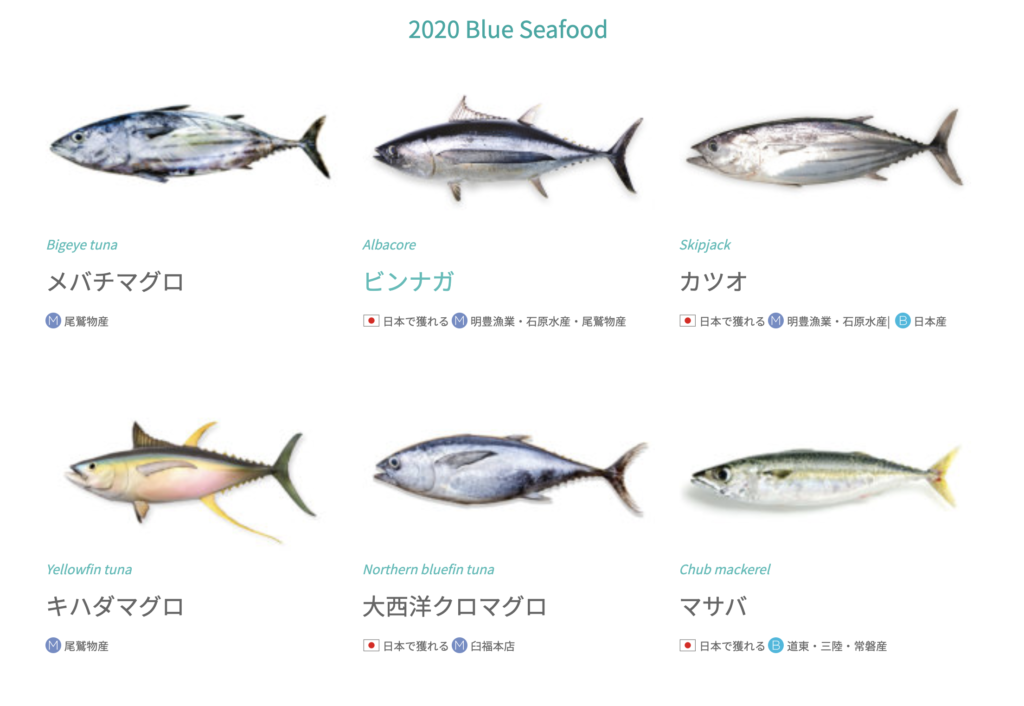
The Blue Seafood Guide was created in 2013. At the time, there were far fewer people than now in Japan who had any interest in marine environmental issues. However, in the U.S. and Europe, a standardized rating program called the Seafood Watch had already been in widespread use.
It is a portable, pocket-sized guide, which was labeled in easy-to-understand ratings of green, yellow, and red and the ratings were based on the stock abundance and management methods. When Mr. Rockefeller first showed me this guide, I thought that this was definitely something that should be popularized in Japan. And that was what led us to develop our guide.
However, it was not possible to simply bring the Seafood Watch rating program as is into Japan. There was a real lack of scientific information in Japan’s fishery industry that if we were to apply the Seafood Watch’s rating system, we would end up with almost all fishes being rated as red.
Thus, we developed the Blue Seafood Guide in an attempt to evaluate it using the best possible methods in line with the current situation in Japan. At first, we referenced the stock evaluation charts provided by the Fisheries Agency. That information took the stance of listing fishes that had relatively healthy stocks available, rather than using the term, “sustainable.”
From there, the reason we progressed towards building a rating system was because we thought that our efforts would be meaningless unless it was a globally recognized standard. At the time, there were extremely strong criticisms directed at Japan at the international conferences, like, “what’s wrong with Japan’s seafood resources management?” In our country, however, there was relatively little concern or awareness of any impending crisis. If anything, there were more voices that Japan’s traditional fishery industry was a magnificent culture.
In order to preserve that magnificence, we decided to choose sustainable methods that were backed by science. We, as consumers, also have a great responsibility in this regard. This is why we needed to create an index to declare, “we should prioritize the consumption of products which ensure sustainability, based on science.”
And it is here that we decided upon forming our own, unique team, in order to perform scientific assessments. First of all, with the help of specialists from various fields, we formed a steering committee, and established our framework. Furthermore, we enlisted Ocean Outcomes, an American NGO with an outstanding track record in establishing methodologies,* to build a scientific methodology, and that formed the basis of our current operation.
Ms. Iue, have you always had concerns about marine issues?
Not exactly. After getting married, for a time, I lived in New York, due to my husband’s work. I moved to New York the day after getting married, and my everyday life was focused on raising our children. It was there that I met Mr. Rockefeller, the founder of Sailors for the Sea, and his wife.
At first, after returning to Japan, I started a company based in Kyoto, which introduced international VIP guests to Japanese traditional culture. The background for that venture was, in addition to my experience living in New York, my time before that studying abroad in England.
When I studied in the U.K., the couple who took care of me as a host family had a close relationship with Prince Charles. I also had the opportunity to meet His Royal Highness in person, and helped out with a program he ran. It was there that I witnessed the British aristocratic culture and the way of life that valued tradition, and I felt the importance of passing on the culture. When I returned to Japan from New York, I was organizing my thoughts to find out what I could do, and then, the idea about the job of conveying traditional Japanese culture naturally came up.
 At Prince Charles’ home. Prince Charles has been actively working for sustainable society and marine conservation before SDGs were adopted.
At Prince Charles’ home. Prince Charles has been actively working for sustainable society and marine conservation before SDGs were adopted.
So from there, what led you to become involved in the work of Sailors for the Sea?
It was because I met the founder, Mr. Rockefeller, and he invited me to join him. The first occasion happened when I began working with his wife, Susan Rockefeller, in launching an accessory brand that promoted the importance of protecting the marine environment. She was very dedicated to working for marine conservation, and invited me to join because the problem would become much worse if Japan did not become aware of this issue. And afterward, my work with Sailors for the Sea began to grow bigger and bigger.
The truth is that the Rockefellers were not the only ones concerned about the marine environment. Prince Charles himself also concerned this issue, and was proactively taking actions to improve the situation. Of course, they were also involved in many other issues besides marine environment issues and shared common threads, that is, traditional organic farming and livestocks that harmonize with nature.
Both of them used a similar method that was important to maintain the cycle of sustainability–using cattle to plow the fields, then releasing chickens into the fields so that manure from chickens would grow plants and trees, which would then be eaten by sheep. I began to understand that seafood is also connected to each other, as well as agriculture and livestock connect.
I realized that the Rockefellers and Prince Charles, both of whom were world leaders, shared a common commitment to the marine environment. I knew that there could be no doubt that this was the true path. After all, these were people who had the world’s information at their fingertips, and were half a step ahead of society in their perspectives.
What they provided me was truly a priceless education. And so, I always endeavor to value this direction with the compass which they have gifted to me.
I feel a warmth in their efforts. This is not a word that we use in Japan very often, but I believe it must be “love”. In many ways, in all meanings, I feel their love. It is that which leads me, and no matter how difficult the road may be, it gives me the strength to carry on.
 Together with Mr. Rockefeller and friends
Together with Mr. Rockefeller and friends
On a side note, my involvement with marine environment issues is also an extension of my child-raising. In order to provide a good environment for my children, I of course keep my house clean, and feed them delicious food. When shopping for food, I try to select safe products. And in that process, I began to wonder, “when my children grow up, what kind of world will they be living in?” “In what condition should we leave the planet Earth for them?” and that’s all for my working for Sailors for the Sea.
This is the 10th year since the establishment of the Sailors for the Sea Japan. What has changed over the past 10 years?
I feel that Japan has changed enormously. Ever since the United Nations adopted the SDGs in 2015, the context of my work has changed. First of all, the word “sustainability” has become widespread. I think the fact that all Japanese people share the common concept of sustainability is a big step forward.
In line with this development, fishery law was revised for the first time in 70 years, and the concept of “fishery management” was introduced. And looking ahead, there is a movement to eliminate illegal fishing, together with widening efforts to acquire sustainable fishery certification. I feel that positive changes are continuing at just the right time.
The Blue Seafood Guide always lists MSC and ASC-certified products. With the cooperation of certification and rating programs, I can feel that the benefits have become even greater. Since more fishermen are acquiring certifications, we can provide support for their efforts, and do things like building project teams together. I believe that things are moving in a positive direction.
– Blue Seafood Guide is being utilized at internationally recognized events.
National-level events are effective in changing the mindset of consumers. For the G20 Finance Ministers and Central Bank Governors Meeting held in Fukuoka in 2019, chefs wanted to use the Blue Seafood Guide, so we researched procurement methods for them. The Blue Seafood Guide was also used at the 7th Tokyo International Conference on African Development (TICAD7).
The Blue Seafood Guide will be used as the procurement guidance for the dinner party hosted by the prefectural governor at The Ninth Pacific Islands Leaders Meeting (PALM9) held in Mie Prefecture in 2021 (Note: due to the COVID-19, the meeting was held online).
And in the future, as far as big events are concerned, Japan is scheduled to hold the Tokyo Olympic and Paralympic Games. As I am also a doctorate student, I plan on writing a thorough investigative paper regarding the issue of procurement guide. And I am beginning to work on making the necessary requests for implementing sustainable procurement guide for the World Expo, to be held in Osaka in 2025.
When we hear the word “marine environment,” it sounds like an overwhelming issue, but what can consumers do about this?
Eating fish that are listed in the Blue Seafood Guide first. It’s that simple. It’s this kind of simplicity that I think is important.
We introduce restaurants that preferentially procure fish listed in the Blue Seafood Guide as Blue Seafood partners. And we want consumers to go to those restaurants and to become regular customers, if they enjoy their meal. It would make us very happy if people could start there. That’s what this guide is there for.
There are no prohibitions or penalties whatsoever applied to Blue Seafood partners. We never tell them, “don’t use this fish” or anything like that. However, we do ask them to select from the Blue Seafood Guide, if they are struggling with a decision. Some restaurants even hold Blue Seafood fairs for us.
We believe that having those kinds of efforts spread through word-of-mouth, and to have consumers clearly understand and accept their decisions, is more important than anything else. We would like to help consumers to grow their knowledge and mind to choose fish listed in Blue Seafood Guid, if they were to see two items on the shelf.
– You mentioned that your activity is an extension of child-raising. What kind of environment do you want to leave for the next generation?
It will be an environment that we can be proud to leave for the next generation, and the generation after that as well. Until now, I had always thought that it was our generation’s responsibility to build a sustainable society. But lately, I’ve become able to think further into the future.
So, to that end, I am thinking about how we can leave or bestow “human resources”–people who can have the perspective to look ahead into the future. Right now, the quality of college students has become amazingly high. I am currently attending my fourth college, and we have excellent interns at our office, but these students are all such hard workers and study diligently at a level that was unthinkable in my day, and they also have a positive perspective toward social issues as well. Our job should provide an arena for these young people to be able to thrive and succeed.
At the same time, I feel that there is an education inequality. While some at the top level are accelerating at incredible speeds, the others cannot even receive a proper education. Whether it’s about seafood or the marine environment, it is important that everyone can learn and be educated fairly and equally. And I want those who are out in front to further develop, so that they can give the things they learned back to society, for the next generation to follow. I hope that I can grow and develop together with them.
Sailors for the Sea Japan (general incorporated association)
https://sailorsforthesea.jp/
Minako Iue
Sailors for the Sea Japan was found in 2013 as an affiliate organization of Sailors for the Sea, a marine conservation NGO founded by David Rockefeller Jr. Sailors for the Sea Japan promotes sustainable oceans and future through their core programs: “Blue Seafood Guide,” a seafood rating scheme, “Clean Regattas,” an eco-certification scheme for marine sports which is adopted in world yacht competition, and “Kelp,” a marine education program for kids. In line with managing NGO, Minako is seeking to build a sustainable society as a PhD candidate at Kyoko University for global environmental studies.


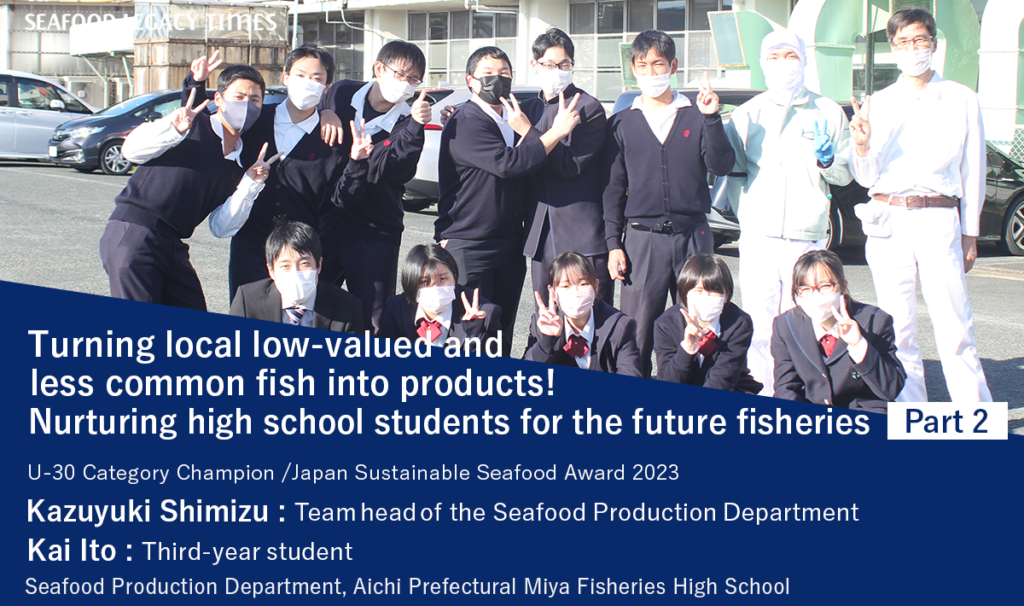
-1024x606.png)


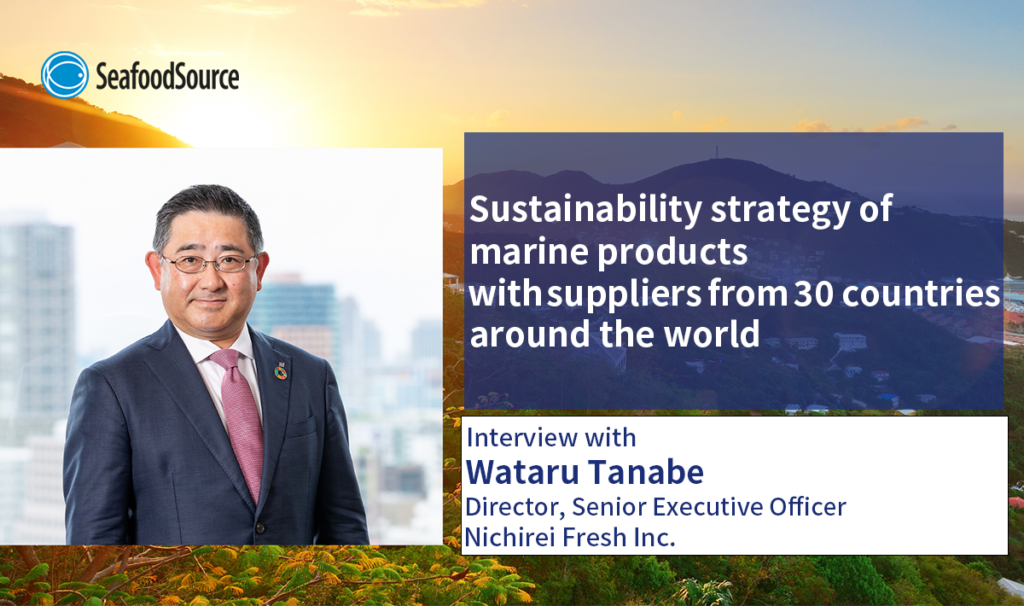
_-1024x606.png)

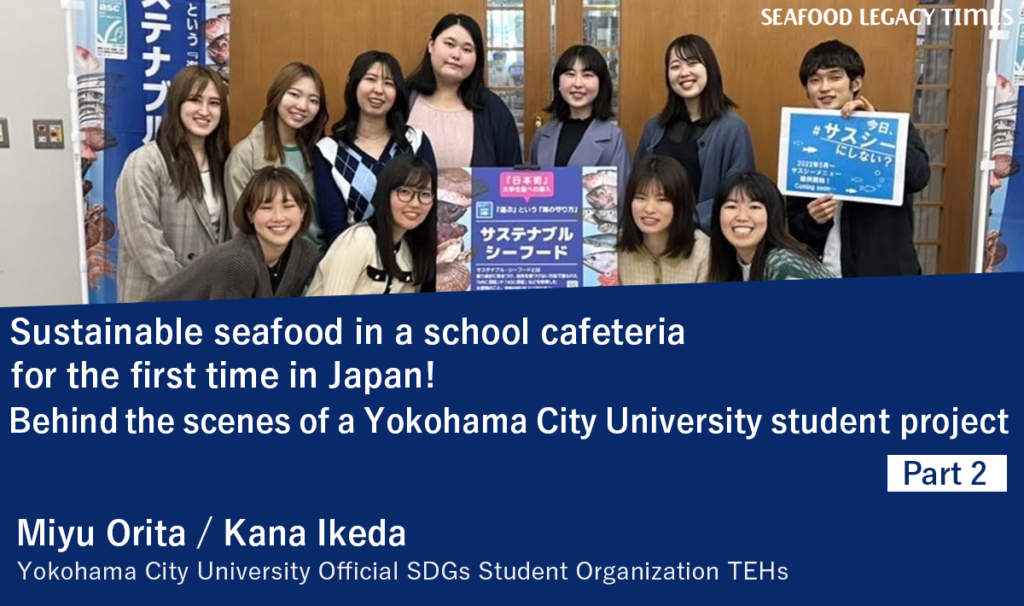
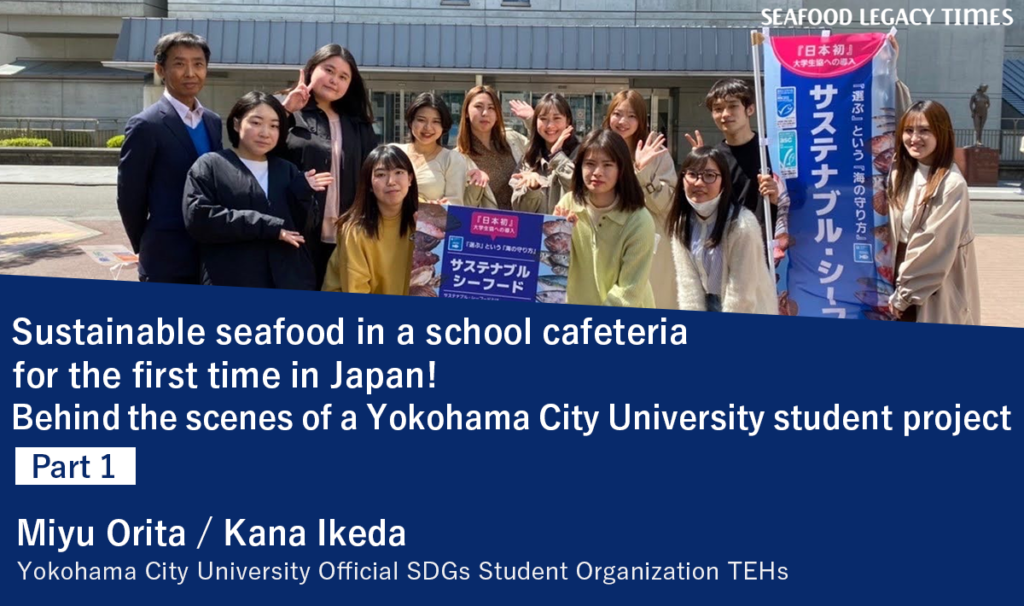
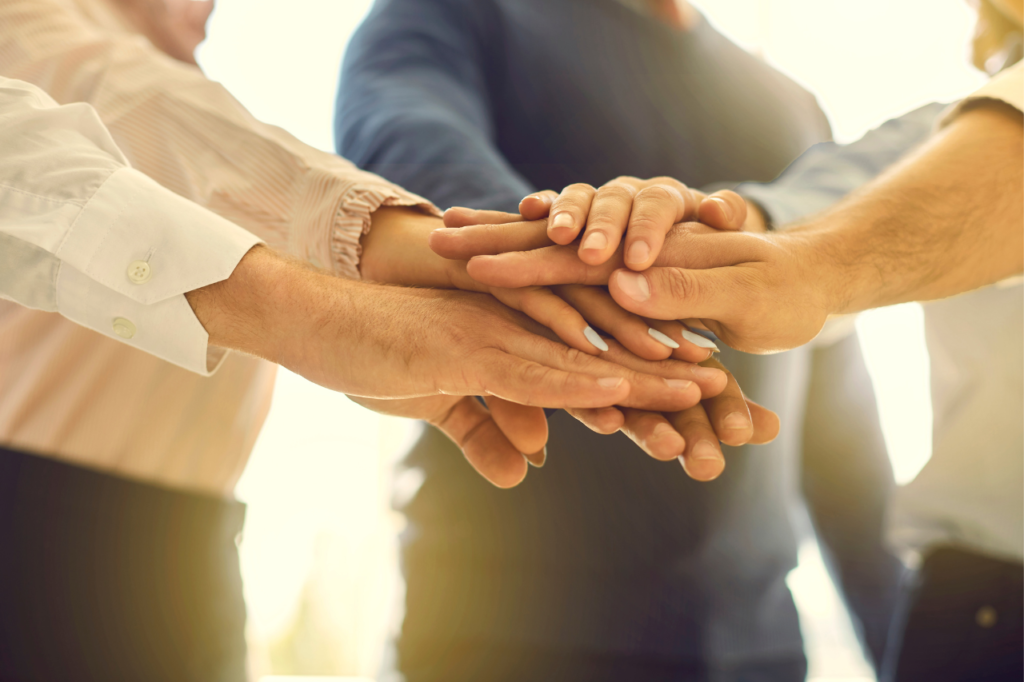


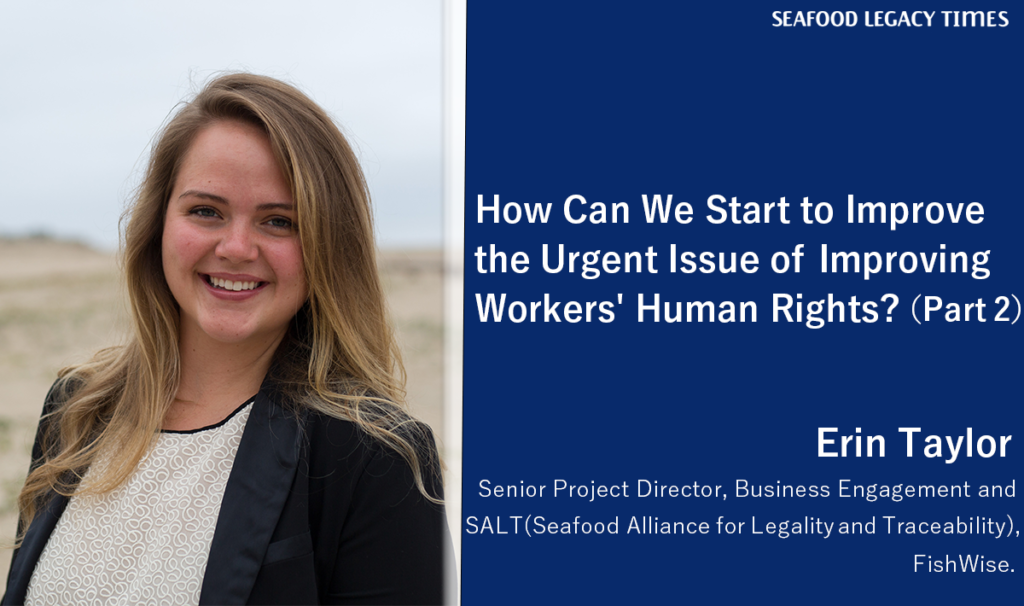
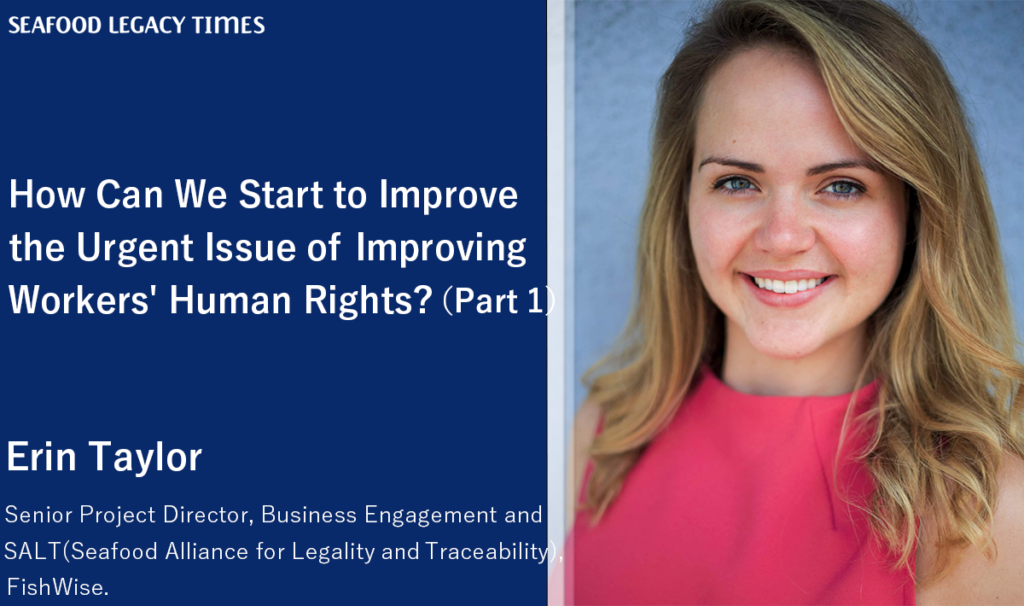
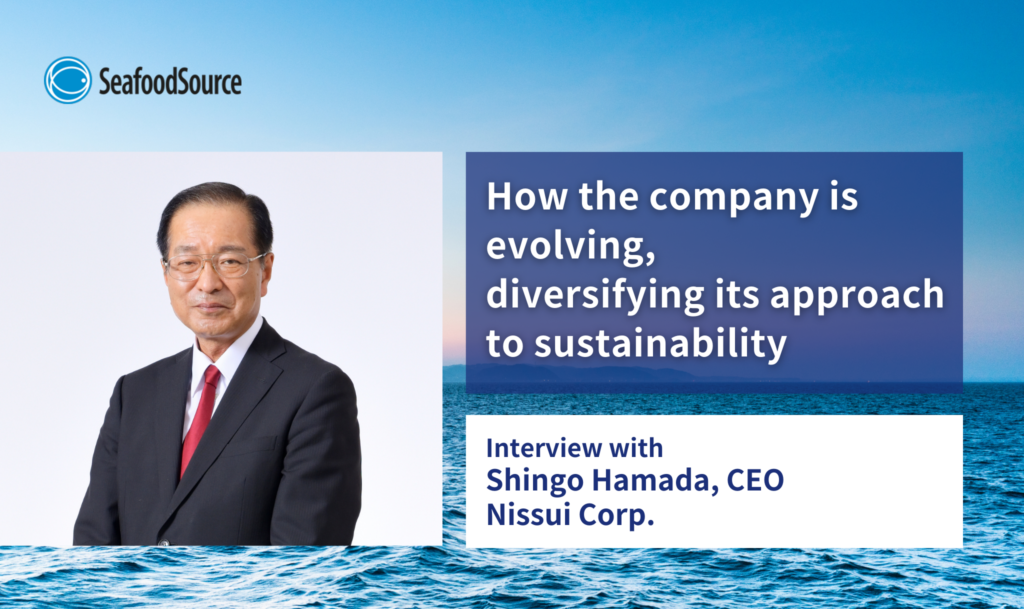




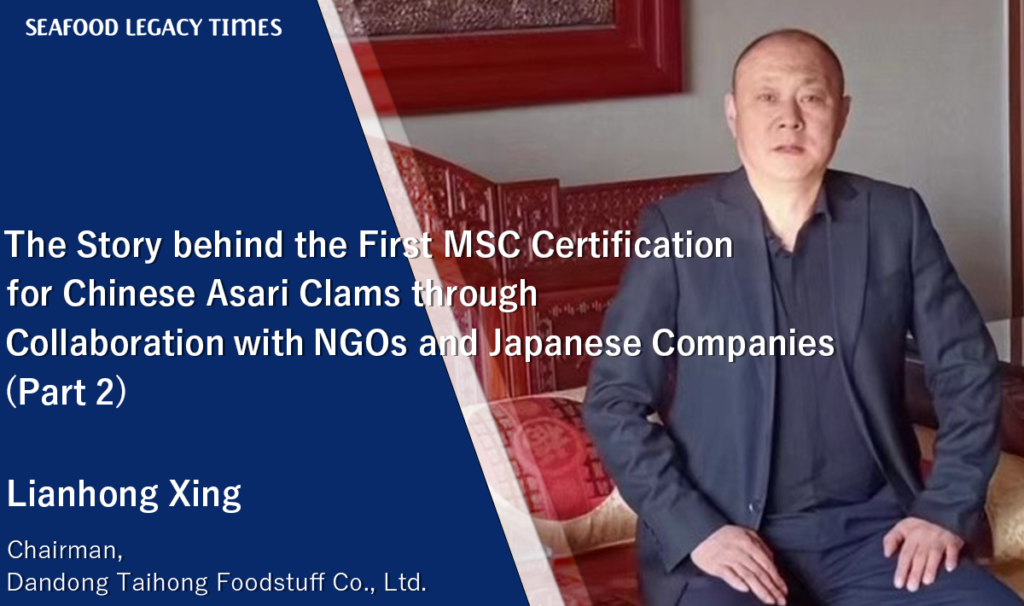
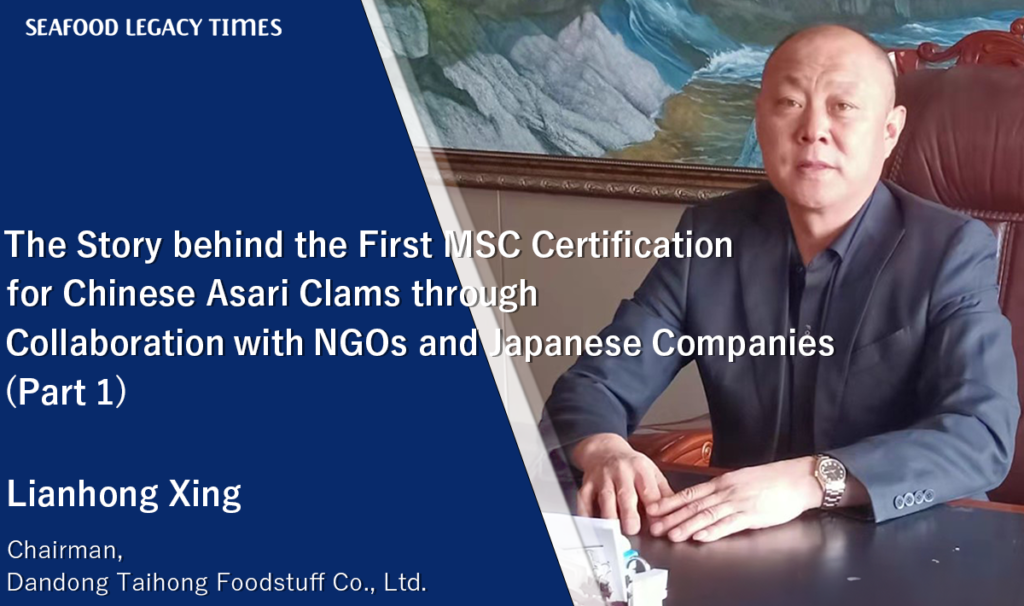

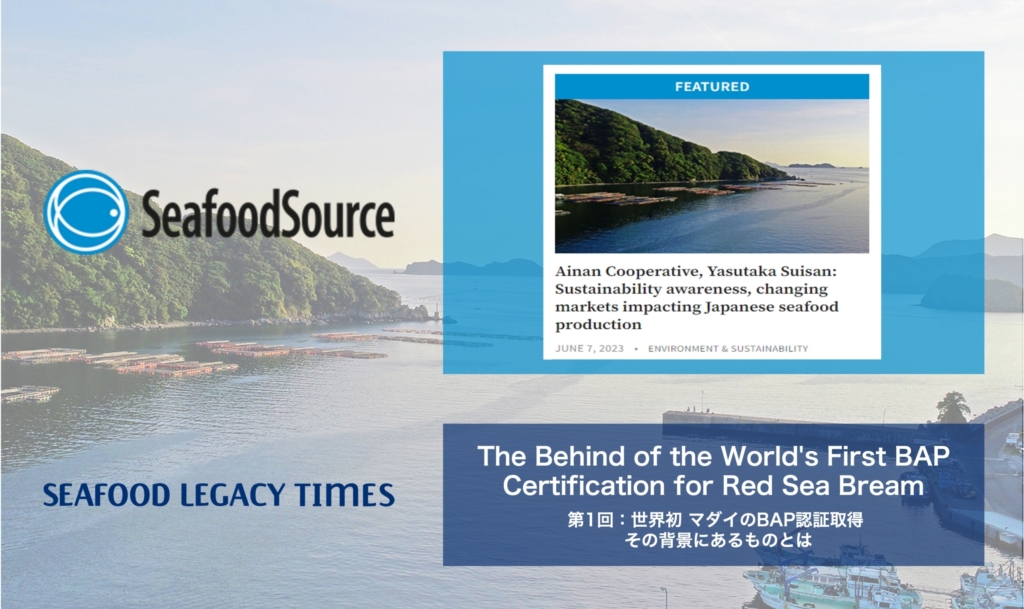

1_修正524-1024x606.png)


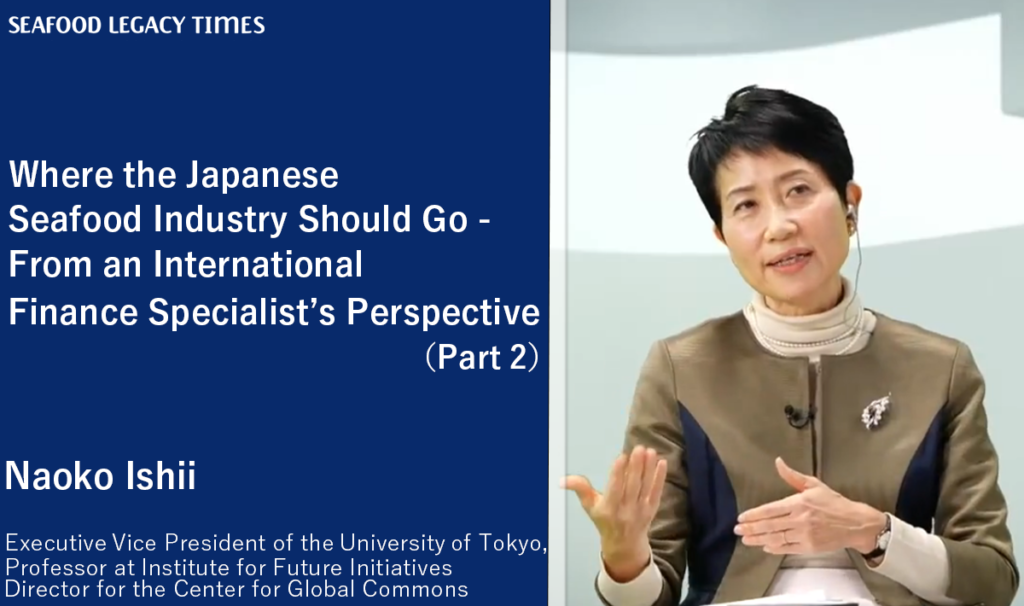







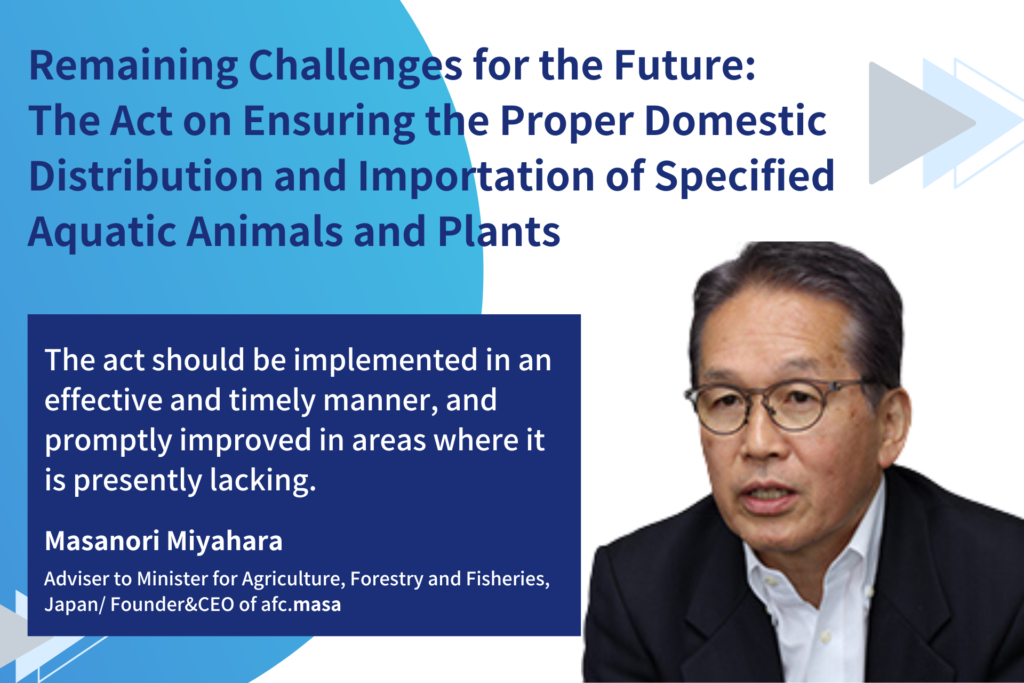
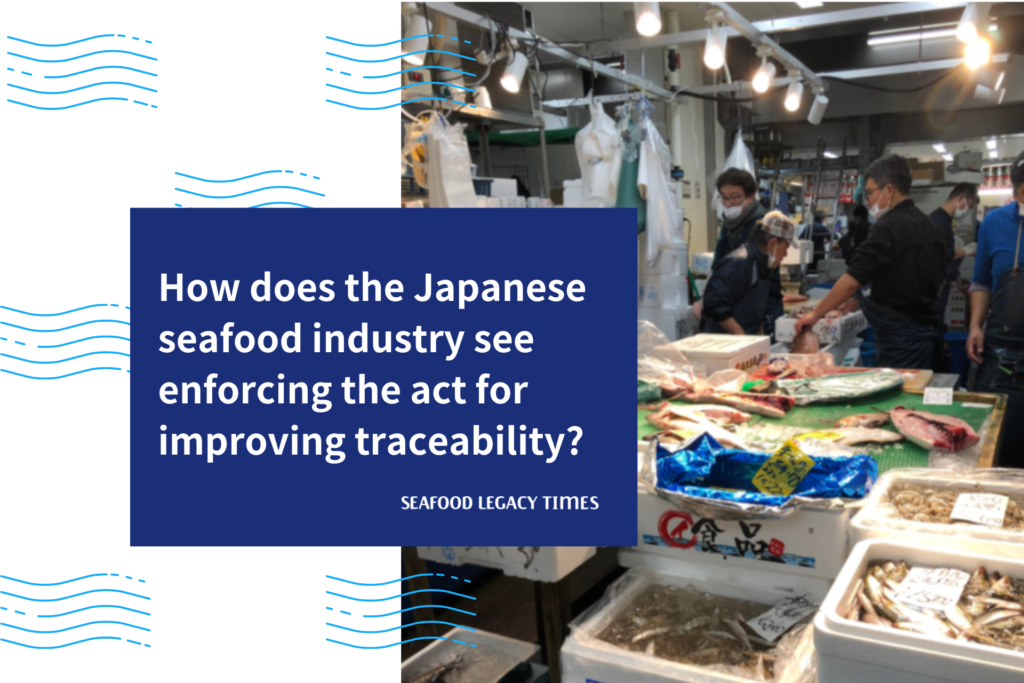



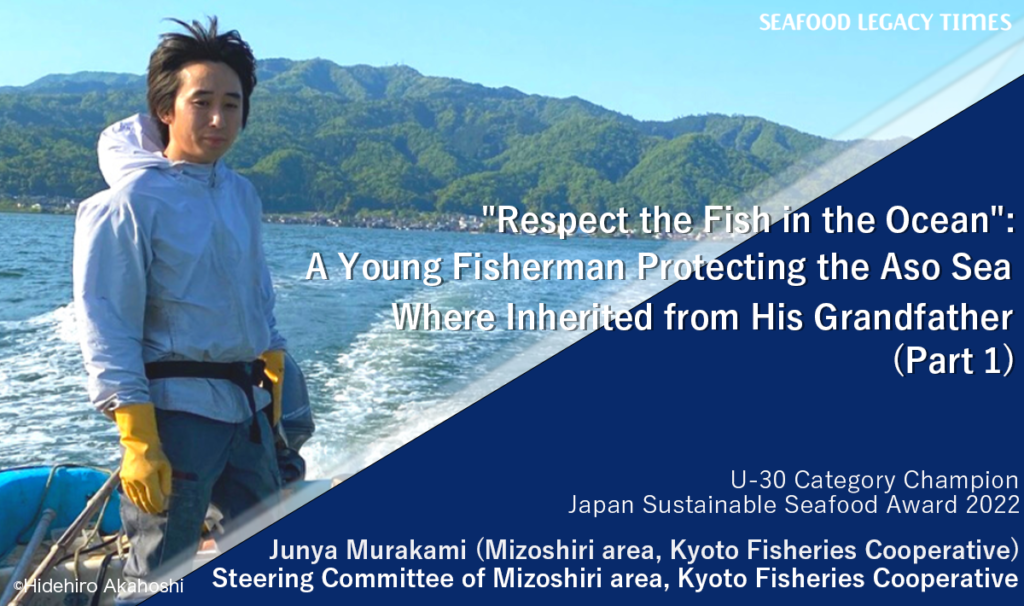
.2-1024x606.png)
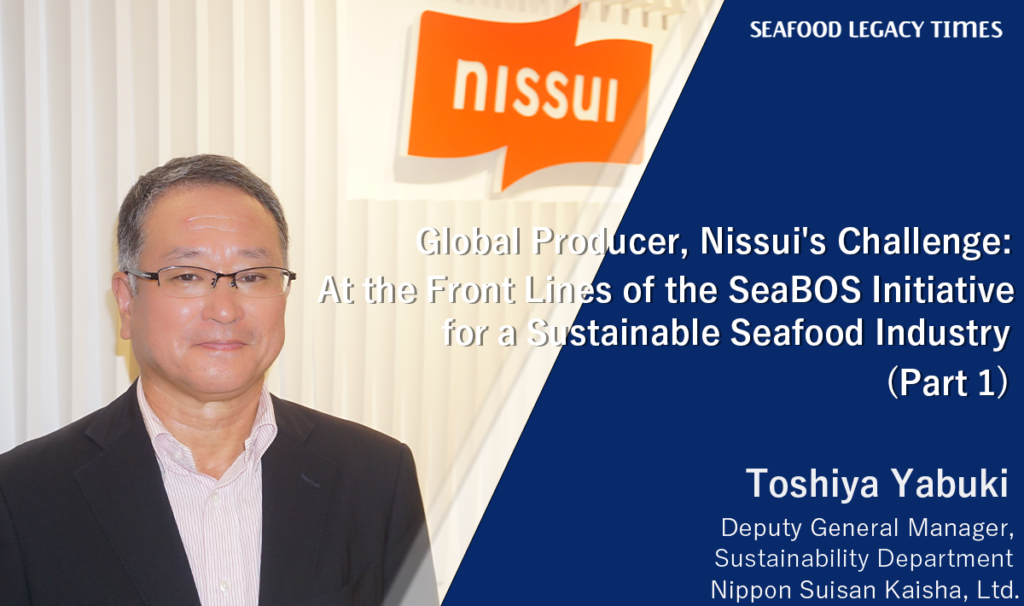
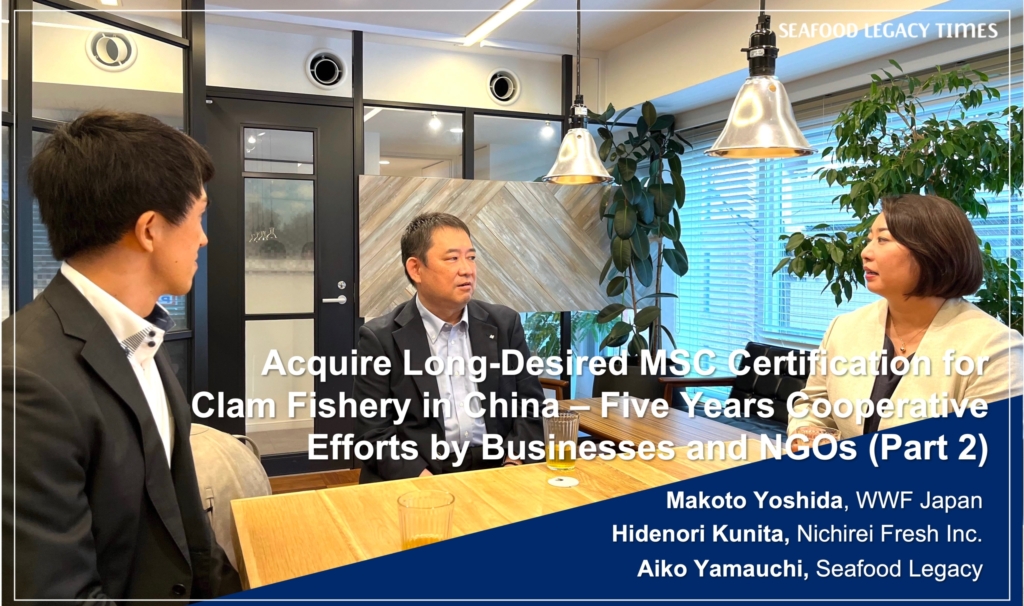
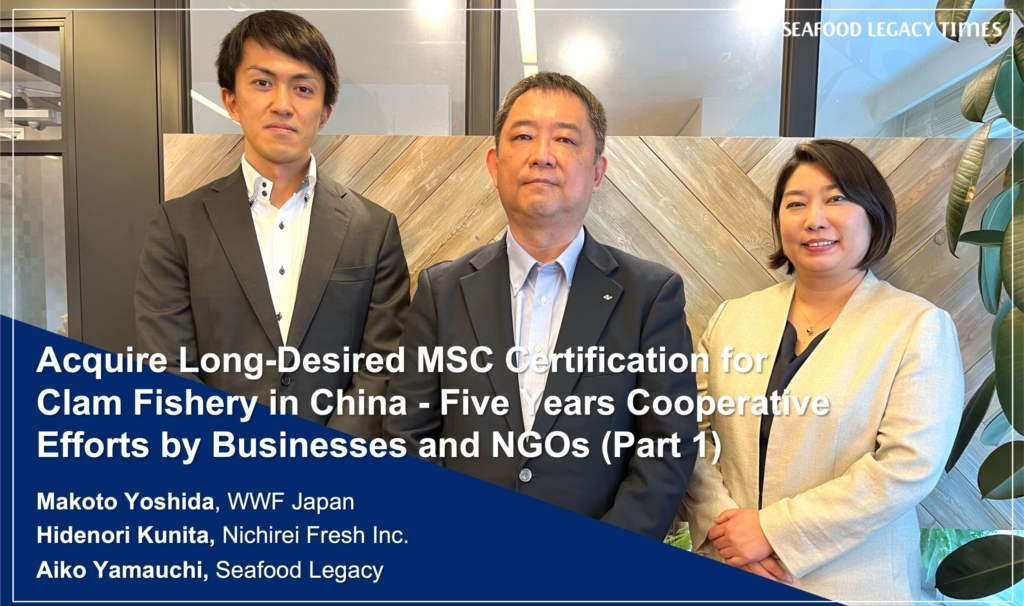






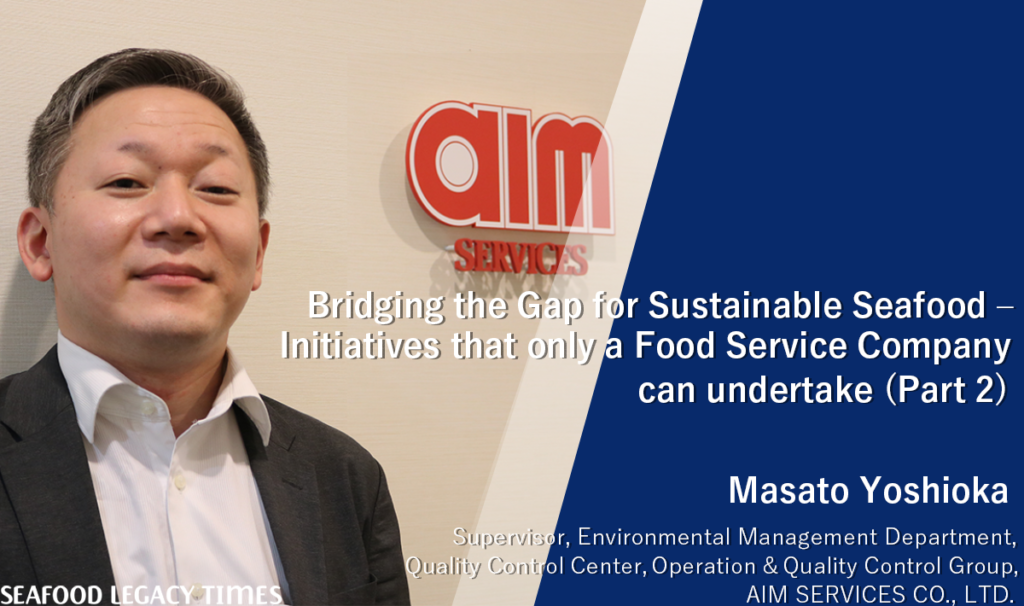
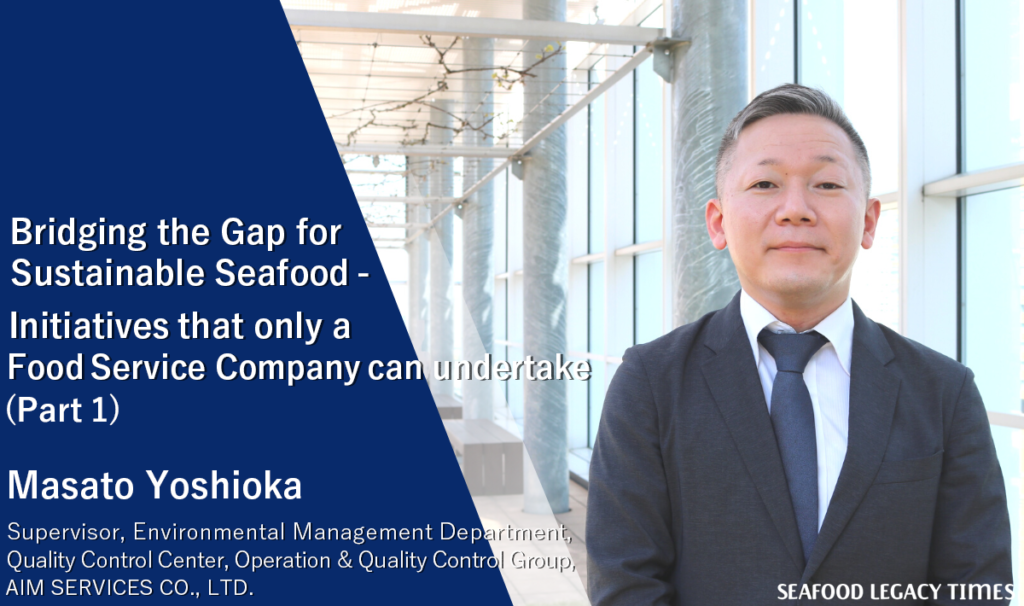
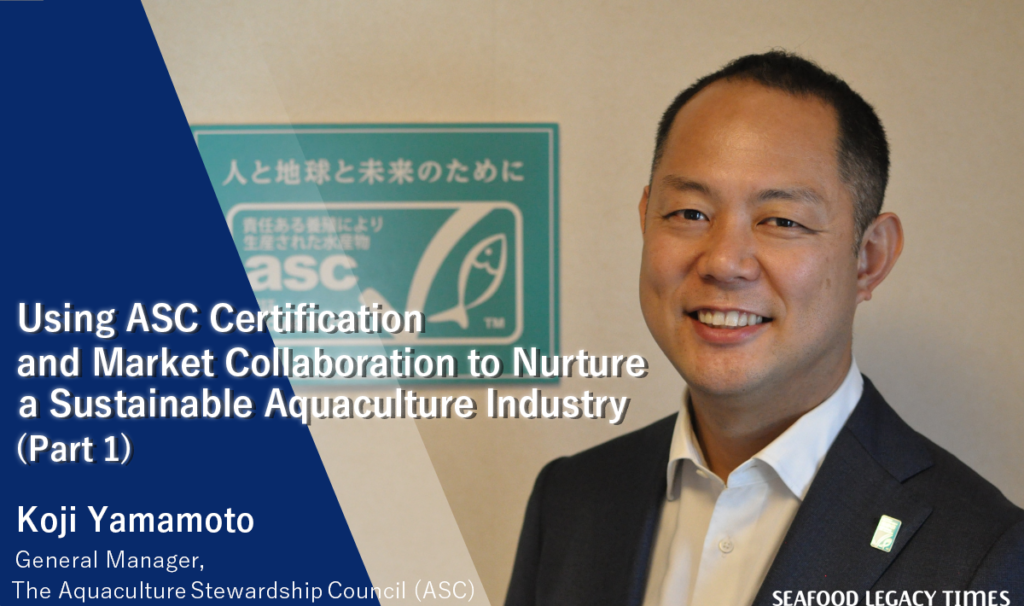
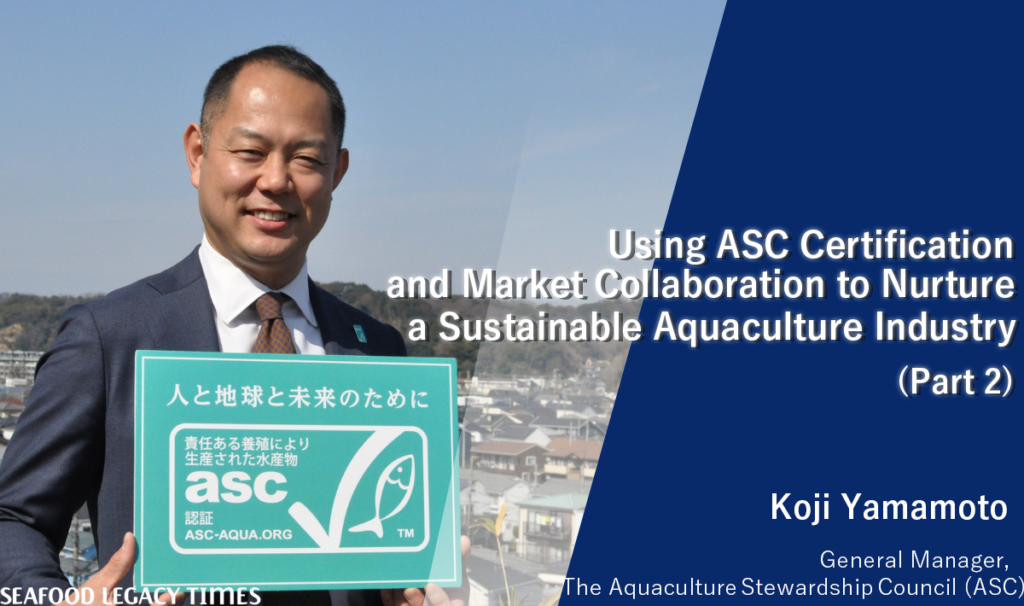
2-1024x606.png)
-1-1024x606.png)
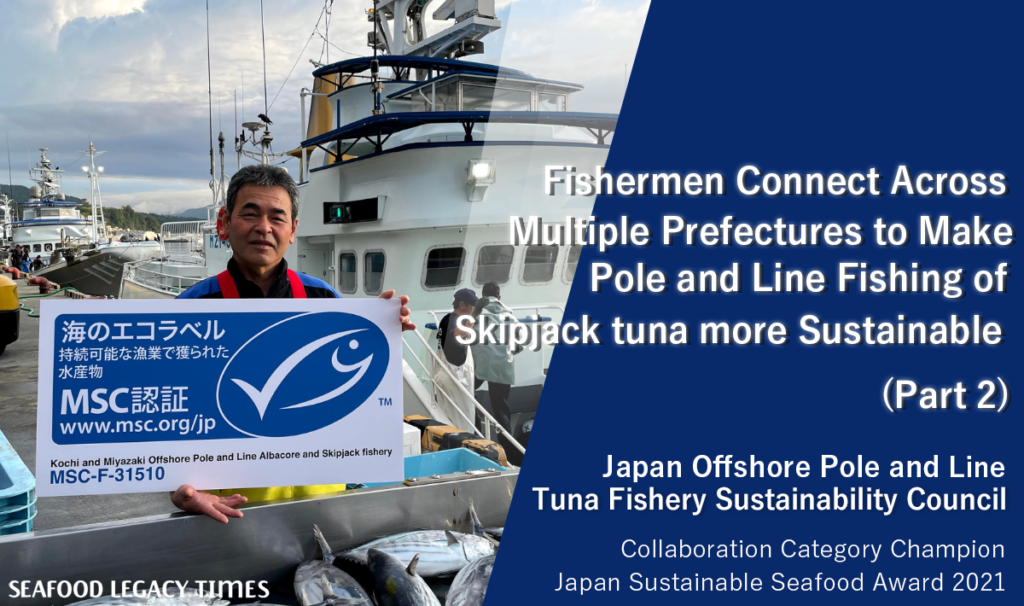
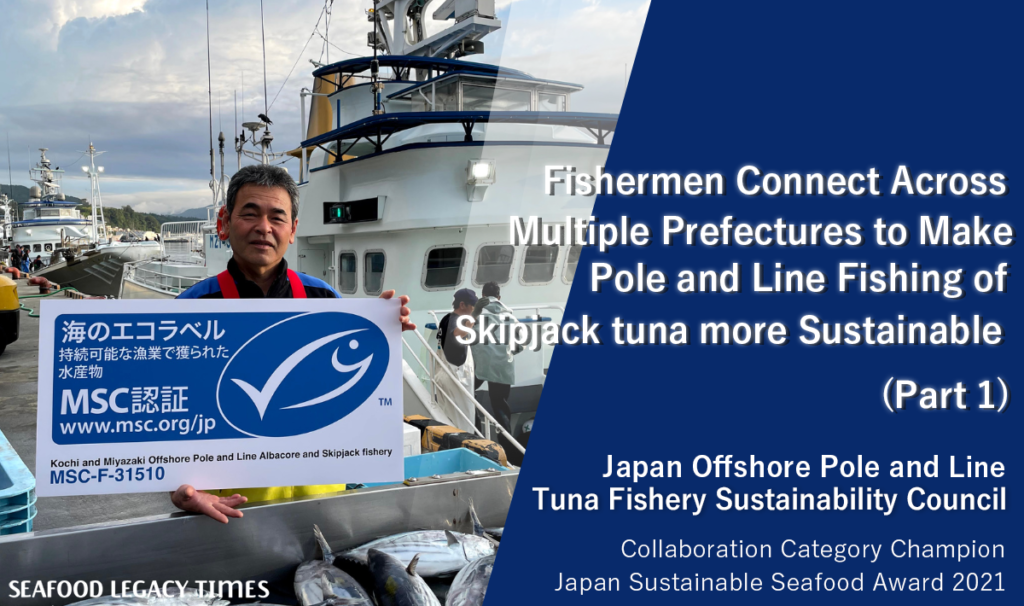
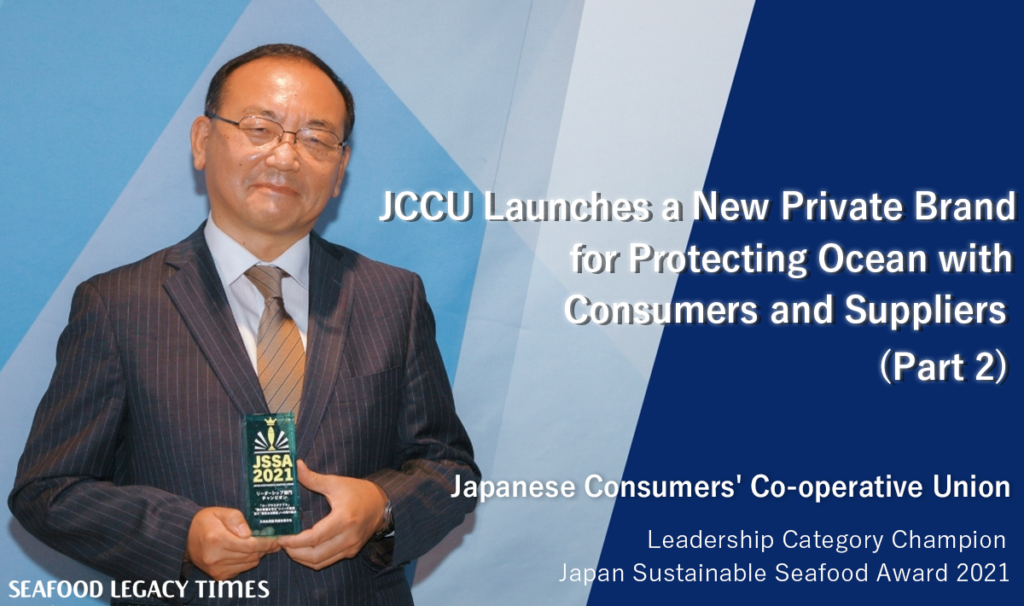
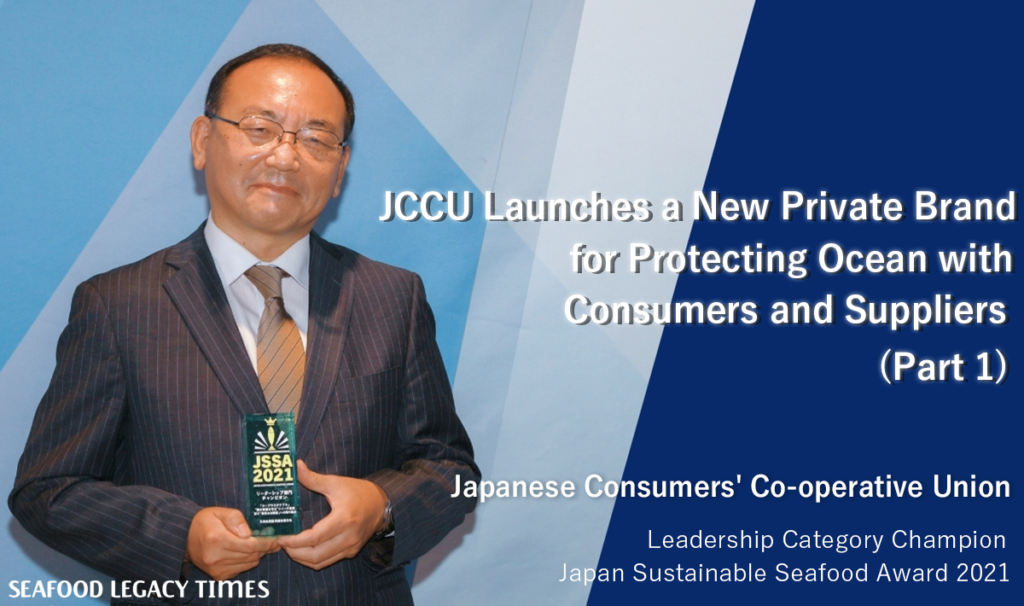
Part2-1024x606.png)
Part1-1024x606.png)
